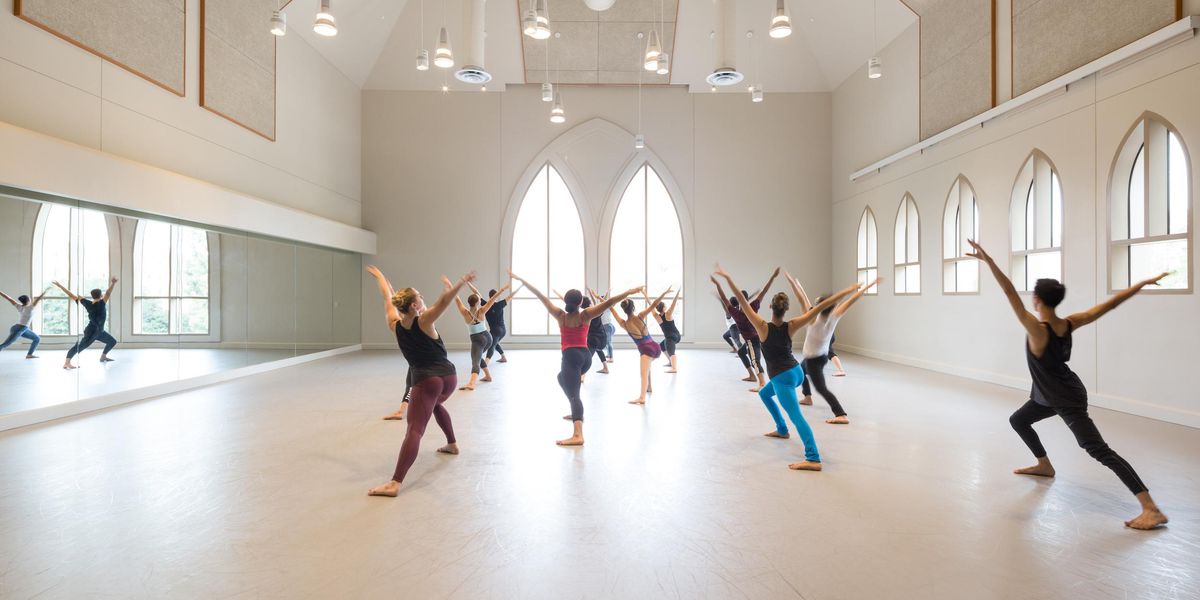Imagine: Getting Arrested for Dancing
What would you risk to dance? The new Akram Khan–choreographed film Desert Dancer, which opens in theaters tomorrow, tells the true story of Afshin Ghaffarian, who formed a secret dance company in Iran. Dancing in the country is punishable by several months in prison if the Iranian “morality police,” known as the Basij, catch you. (Recently, a group of teenagers dancing to Pharrell Williams’ “Happy” received a suspended sentence of 91 lashes and up to a year in jail.) The film, set during the turbulent political election of 2009, shows how the dance-obsessed Ghaffarian concocted a solution to perform in the desert, away from the eyes of authorities, and later escaped to Paris.
Akram Khan is one of the most skilled storytellers in dance today, and his work in this film is no exception. Unsurprisingly, the plot is incredibly moving, but what took me aback was just how much of the drama comes through the dancing itself. Each dance scene moves the narrative forward; Khan’s poetic vocabulary brilliantly showcases who these characters are and explicitly communicates what they have to go through. In particular, lead actor Reece Ritchie’s performance in the final climax was so powerful that I had to sneak out of the theater with my head down during the credits because mascara was streaming down my cheeks.
The film didn’t use professional dancers, but because most of the characters play self-taught dancers and Khan expertly crafts his work to their abilities, their novice qualities don’t end up being distracting to a dancer’s eye. Freida Pinto (who trained for a year) is magnetic as a mover, despite some awkward moments here and there. Her charismatic “it” factor as an actress very much translates to dance.
After seeing the film, I found myself playing Khan’s amazing “improv” hand dance rehearsal scene over and over in my mind, and Googling the real-life characters. Unfortunately, some of the most cinematic plot points don’t stand up to fact-checking with the actual version of events. But the emotional power of the story is no less intense. Sure, there’s some cheesy dialogue in the film. But watching how hard this dancer fought for something we take for granted as a right is enormously inspiring. And the fact is he’s still fighting. The 28-year-old (who today directs his own company in Paris) was originally supposed to play himself in the movie, but he wasn’t allowed into Jordan, where the desert scenes were filmed, because authorities assumed that his being a male dancer meant that he was gay.
Few of us have ever been asked to take risks this big just to be a dancer. No matter how difficult this career can be, stories like Ghaffarian’s have to make you give thanks for the freedom we have in this country to pursue our passion to dance. The film opens with a limited run this weekend, and expands theatrically April 17. Check local listings for showtimes near you.





